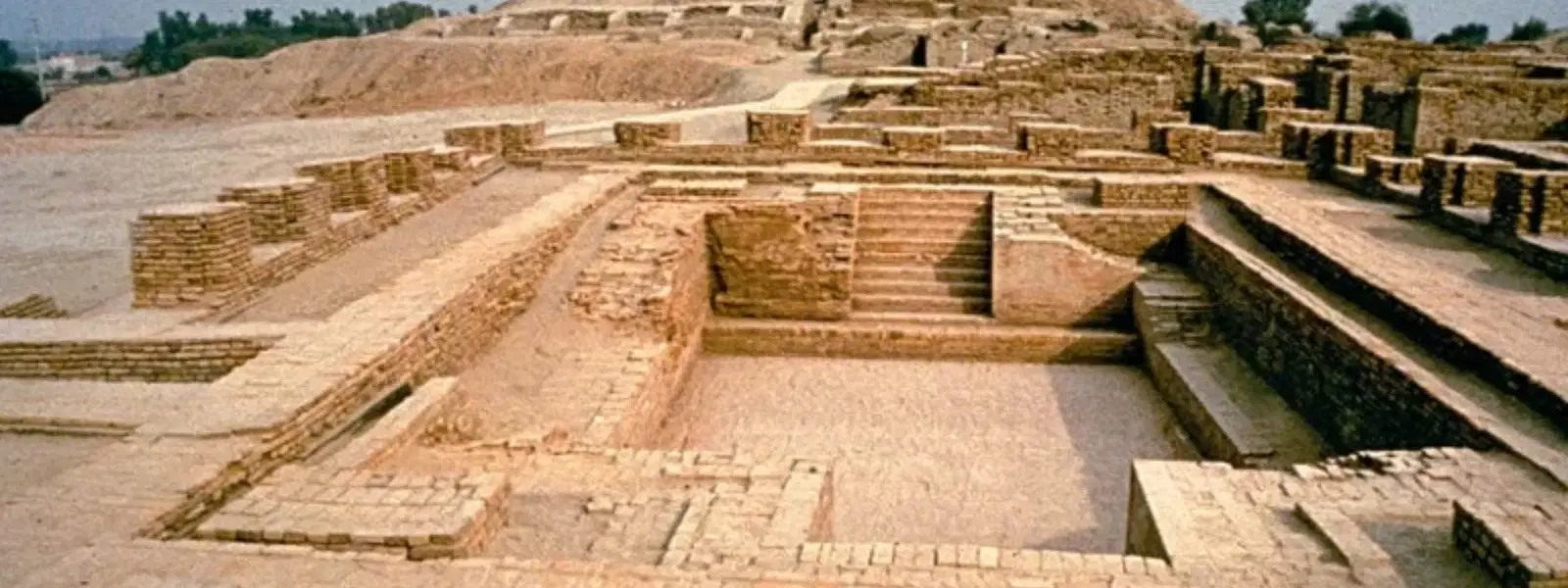
Hotels
•03 min read

Chirand, a remarkable Neolithic site tucked away in Bihar's Saran district, offers travelers a portal to prehistory. This comprehensive checklist guides you through exploring Chirand, from uncovering its ancient artifacts to understanding its role in early farming and urbanism. Whether you're the adventurous wanderer, the meticulous planner, or the curious professional, this blog will equip you with practical tips and insights for a fulfilling journey into India’s ancient history.
Positioned in the Saran district of Bihar, Chirand stands out as a significant Neolithic site that illuminates the early phases of human settlement. This ancient site played an essential role in the study of prehistoric settlements and the beginnings of agrarian society in India. Researchers have identified connections to the Copper Age and Iron Age, with hints of influence from the Kushana dynasty, making it a vital link in the chain of India's ancient history.
Over the years, extensive excavations at Chirand have unearthed myriad artifacts that include pottery, primitive tools, and burial sites. These discoveries serve as evidence of early urbanism and a continuous cultural lineage spanning centuries. Particularly noteworthy are findings such as Northern Black Polished Ware, which underline the sophistication and advanced craftsmanship present in early Indian societies.
Chirand is located in the heart of the Saran district in Bihar. Visitors can reach the site via several transportation options, including local bus services and taxis from nearby major towns. The site is marked by landmarks that serve as useful navigational aids for tourists. While the journey may take some planning, the route itself offers glimpses of vibrant local culture and scenic rural landscapes.

The most rewarding time to visit Chirand is during the cooler months when the weather is gentle and the dust of history feels a little lighter. Ideal travel periods are typically between October and March, when the climate is conducive to outdoor exploration. Visitors should also be mindful of seasonal factors such as river erosion caused by the Ganga and occasional heavy rains that might alter the site’s accessibility.
A visit to Chirand is like stepping back in time. Make sure to include these must-see features on your checklist: excavation areas where layers of history unfold, displays of artifacts like pottery and ancient tools, and notable historical markers that narrate the tale of early human settlements. Do not miss the burial sites that offer insights into ancient funerary practices and early societal norms.
While exploring independently can be exciting, engaging a guided tour at Chirand may greatly enhance your understanding of this historic site. Expert guides bring the past to life, elucidating the intricate details behind each artifact and excavation area. Interacting with local historians and archaeologists can provide deeper insights into the Chirand cultural heritage, ensuring that you leave with a truly enriched experience.
Even as Chirand offers a wealth of historical knowledge, the site faces significant conservation challenges. Natural forces, especially the erosive action of the Ganga river, threaten its integrity. Additionally, inadequate conservation measures pose a risk not only to the archaeological treasures but also to the broader narrative of India’s ancient history. Preserving Chirand is crucial for future generations, ensuring that the lessons of the past are not lost.

Recent archaeological digs have continued to shed new light on the ancient history of Chirand. Ongoing research has expanded our understanding of prehistoric settlements in Chirand, uncovering fascinating details that challenge previously held notions about early Indian urbanism. These investigations promise to enrich our comprehension of the cultural heritage of the Saran district, affirming Chirand's status as a cornerstone of India's historical legacy.
Did you know? Chirand is often referred to as the 'rising sun' of India’s Neolithic culture due to its pivotal role in early farming and urbanism. Its artifacts provide a window into the evolution of human civilization in eastern India.
Chirand is famous for being a significant Neolithic archaeological site that provides insights into prehistoric settlements, early farming, and cultural heritage in India.
Excavations at Chirand have revealed artifacts such as pottery, tools, burial sites, and Northern Black Polished Ware, highlighting its remarkable historical importance.
The Neolithic culture is the earliest identified at Chirand, showcasing foundational agricultural practices and early settlement patterns in the region.
Chirand not only stands as a testament to the ancient history of the Saran district but also exemplifies the enduring spirit of early Indian culture. The site's archaeological dig in Bihar offers a captivating insight into the lives of early farming communities and urban societies from millennia past. By exploring Chirand, visitors gain a unique perspective on the evolution of human civilization, cementing the importance of preserving our rich cultural heritage for future generations.